PPT-Microsoft CISO Workshop
Author : cheryl-pisano | Published Date : 2019-12-17
Microsoft CISO Workshop 3 Identity and Access Management Microsoft Cybersecurity Solutions Group Microsoft CISO workshop CISO WORKSHOP OBJECTIVE Learn how Microsoft
Presentation Embed Code
Download Presentation
Download Presentation The PPT/PDF document "Microsoft CISO Workshop" is the property of its rightful owner. Permission is granted to download and print the materials on this website for personal, non-commercial use only, and to display it on your personal computer provided you do not modify the materials and that you retain all copyright notices contained in the materials. By downloading content from our website, you accept the terms of this agreement.
Microsoft CISO Workshop: Transcript
Download Rules Of Document
"Microsoft CISO Workshop"The content belongs to its owner. You may download and print it for personal use, without modification, and keep all copyright notices. By downloading, you agree to these terms.
Related Documents

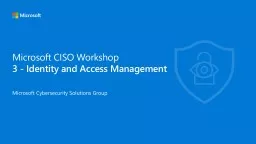
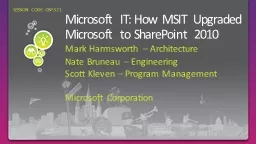

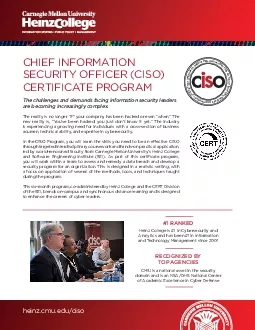
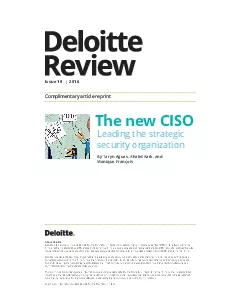
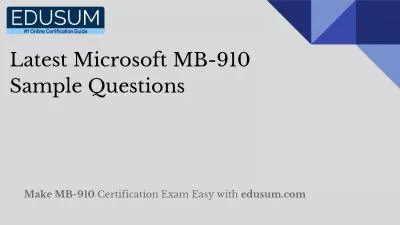
![[READING BOOK]-Ciso – Certified Chief Information Security Officer Exam Practice Questions](https://thumbs.docslides.com/986020/reading-book-ciso-certified-chief-information-security-officer-exam-practice-questions-and-dumps-200-exam-practice-questions-for-ciso-updated-2020.jpg)
![[READING BOOK]-90 Days - A CISO’s Journey to Impact: How to Drive Success (90 Days:](https://thumbs.docslides.com/986726/reading-book-90-days-a-ciso-s-journey-to-impact-how-to-drive-success-90-days-a-ciso-s-journey-to-impact-book-2.jpg)





